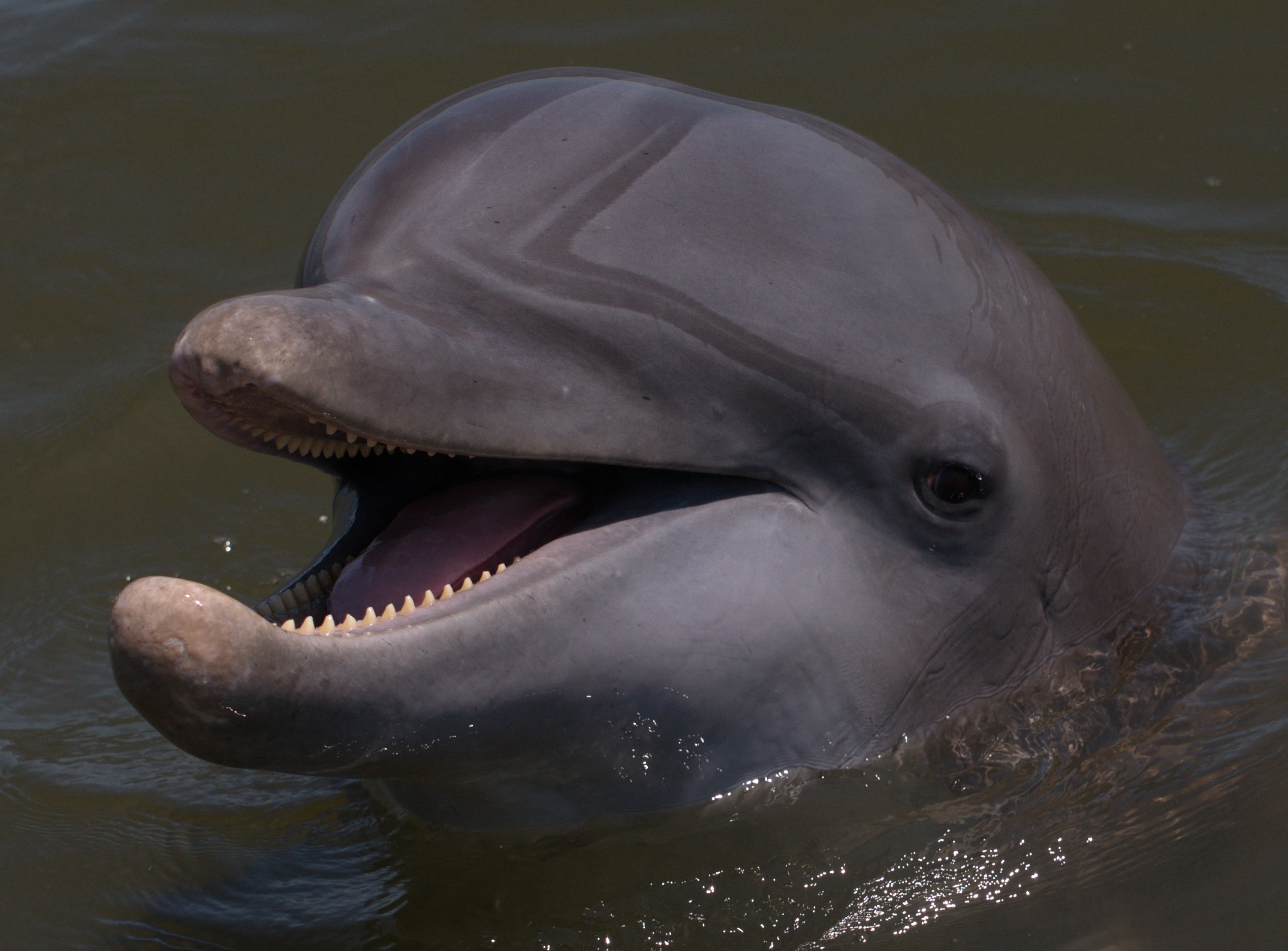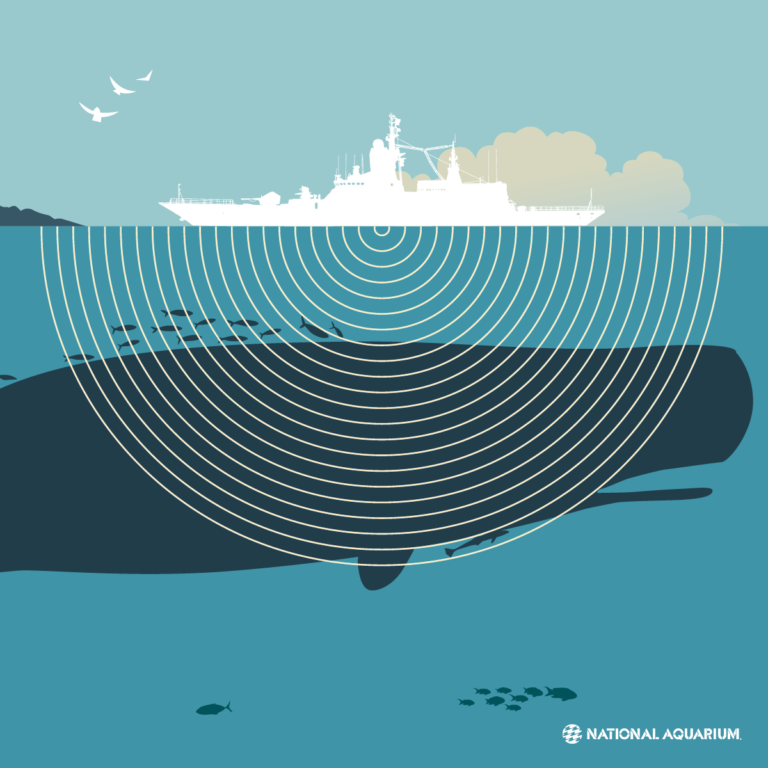Marine mammal population health has been in the news a lot lately. Perhaps you heard that marine scientists didn’t see a single baby Atlantic Right Whale during the 2018 calving season. Or maybe you’re aware of the dwindling population of Vaquitas in the Gulf of California, off the coast of Mexico. Stories of whales washing up on beaches with bellies full of plastic are all too common. Most recently, in our own US Southeast backyard, bottlenose dolphins and other marine fauna are dying in unprecedented numbers due to a reoccurring and persistent red tide bloom in Florida. Many of these topics have been written about right here, in our blog.
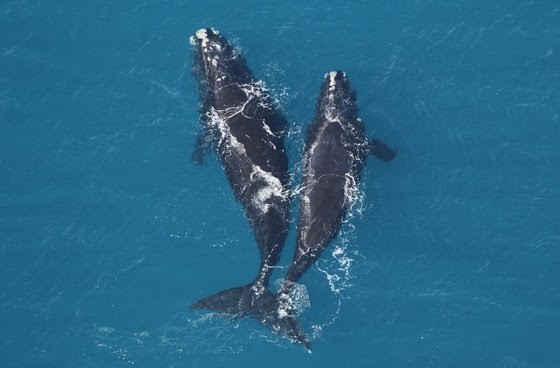

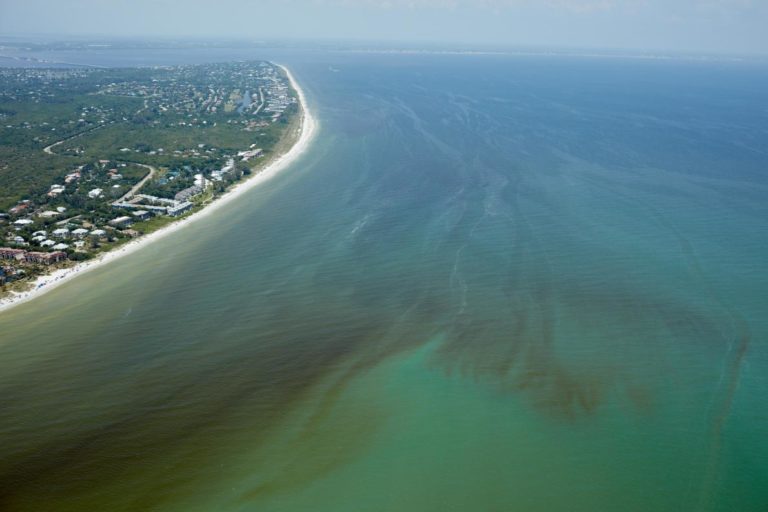
It’s a sad story, but true, that countless populations of marine megafauna are at risk across the globe. Although it feels like we are just innocent bystanders, the choices we make each day influence everything from itty bitty creepy crawlies in the dirt, to soaring vultures in the sky, and fat catfish in the rivers and oceans. Our choices and lifestyles impact wildlife in our backyards and hundreds of miles downstream.
It’s often hard to think about things from this sort of systems perspective but it’s vitally important to understand that we are part of the very systems we study, recreate on, and live in. This is a theme we seem to keep coming back to at GDEP. In 2017, we helped sponsor the “I Am Not an Animal” conference to explore human perspectives and interactions with our world and the other animals on it. Currently, we’re working with other researchers to better understand the fate and transport of microplastics in the freshwater sources that lead to the marine estuaries we study.
In an effort to increase public awareness about human impacts on environmental systems, we want to summarize and expand on some facts from our previous blogs. Let’s explore how our everyday choices might be affecting the majestic ocean life we love so much and what you can do to minimize those impacts.
Statistics from coal burning in 2014
Today, we still produce our energy the same way cavemen did -- fire. Instead of just roasting a rabbit, we burn coal or natural gas, to heat water, to turn a turbine for kinetic energy, to generate an electric current that is sent miles and miles away, to heat the burrito in your microwave. But, think about it, we’re still just burning organic molecules to make heat.
Air Pollution
Water Pollution
Mercury and other contaminants from emission based air pollution precipitate out of the air and enter waterways. Here, microorganisms convert it into toxic organic form, called methylmercury, that organisms can accumulate. Bigger, predatory animals, like dolphins or humans, eat smaller contaminated fish. Mercury from the fish builds up in the predator’s body over time, leading to physiological damage.
What Can You Do?
- Turn off lights when you leave the room
- Unplug chargers and appliances when not in use
- Remember, anything you plug into the wall is powered predominantly by coal…even electric cars.
- Reduce your dependency on cars
- Public transportation is a great option in many places
- Cities are becoming more bike-friendly – work out on your way to work!
- Buy local products! Transporting food from far away places is a huge source of petroleum use.
- Find out which products are petroleum-based, and say no thanks!
- Midterm elections are approaching! Check candidate’s platforms and cast your ballot.
- Vote to elect officials who share an interest in reducing nonrenewable resource consumption and reasonable environmental regulations to protect public health.
Plastic
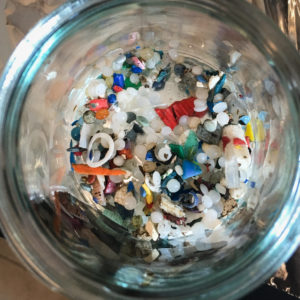
Most of the 80% of plastic coming from inland water sources comes from stormwater systems that convey storm runoff directly to waterways without filtration or treatment.
Every piece of plastic ever made still exists somewhere in the world today
UV in sunlight photodegrades plastics in the ocean, causing them to break up into millions of tiny particles.
One single liter bottle breaks down into enough individual pieces that you could put one piece of the bottle on every single mile of coastline in the entire world.
Animals at each level of the food chain are exposed to plastic, especially in the ocean. Some animals ingest the plastic masquerading as food. Other animals, including us, consume those animals that have consumed plastic.
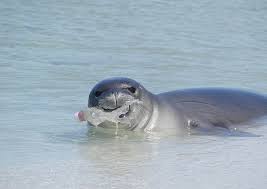
and increasing numbers of fish species recovered with plastic inside them
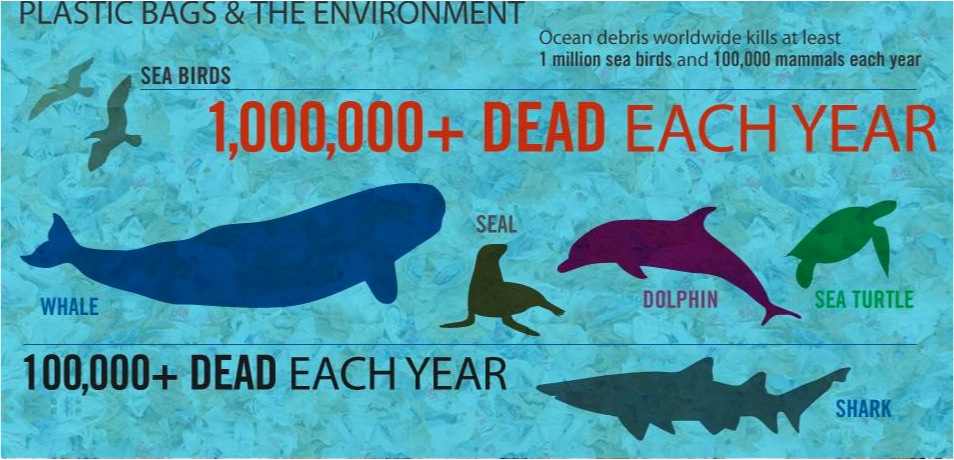
Some chemicals in plastic have been shown to be endocrine disrupters that influence hormone levels in the body. Additionally, chemicals in the environment are absorbed by or stick to plastic, increasing exposure to toxins in animals that ingest them
What Can You Do?
Avoid single use plastics whenever possible.
- Carry a reusable container, silverware and a straw with you
- Buy reusable glass containers and reusable sandwich bags
- Take your to-go cup with you to the coffee shop
- Get and use a reusable water bottle
- Use reusable shopping bags
Participate in a clean-up!
- We suggest Rivers Alive Athens, October 20th, 2018 if you are in the Athens, GA area. It is administered by a statewide program, so contact your local Keep Georgia Beautiful chapter.
- International Coastal Clean-up day is September 15th, so find a cleanup event
near you, or go on your own walk on the beach!
Small, local elections matter, too!
- Participate in local elections to ensure your community is dedicated to keeping their municipality clean and beautiful.
- Support the development of and vote for local government ordinances that address plastic bags, Styrofoam and recycling programs.
PCBs
Polychlorinated Bisphenols
The Georgia population of bottlenose dolphins are the most contaminated dolphins in the world! 2017 blood samples showed that PCB levels in animals near Brunswick, GA were higher than those found in any other marine mammals.
- Levels were higher than orcas, a species higher in the food chain than dolphins
- Because our dolphins are “homebodies” and have small geographic ranges, the contaminants basically come to them from prey species moving through the food web
- Physiological effects from exposure have already been noted in Georgia dolphins, with symptoms including elevated liver enzymes, suppressed immune function and altered thyroid hormone levels
- These animals consume many of the same fish species that we humans enjoy
PCBs (polychlorinated bisphenols) were used in everything from electrical capacitors to refrigerators. They were even sprayed on unpaved roads to reduce dust levels. PCBs that were disposed of properly were put in unlined landfills. Improperly disposed PCBs were put…anywhere. Either way, the compounds easily entered nearby soils, water and air.
PCBs are persistent in the environment
- Degraded by sunlight and microbes
- It takes 75 years for 98.5% of PCBs to degrade…if they’re adequately exposed to sunlight and microbes
- Found everywhere from New York City to remote areas of the Arctic
- Found in 500 of the 1,598 Superfund Sites (National Priorities List)
PCBs are persistent in the body
- Taken up by small organisms and fish in the water that consume sediment particles
- The PCBs stick to fat in the body and are transferred on to other animals that consume them
- How much PCBs would a dolphin or seal ingest if it feasted on a mound of mackerel downstream from an old appliance dump (see “Fossil Fuels” section above)?
- PCBs can cause dermatological effects, lowered immune response, poor cognitive development, liver damage and impaired reproduction in all mammals
PCBs in Georgia
What Can You Do?
Because PCBs are legacy pollutants that already exist in our environment, our safest option is to educate ourselves on the issue
- Vary the types of fish you consume
- Inform yourself on local fish species and their potential for contamination
- Know how to filet and cook a fish to avoid the most contaminated tissue
VOTE!!!
- Get to know state politicians and their interest in public health and environmental protection and remediation
- Write a letter to your representative! You think you get a million emails a day? They may not read an email or take your call, but they actually may read your letters!
HABs
Harmful Algal Blooms
In last week’s blog, we highlighted the red tide outbreak on the Gulf Coast of Florida that is endangering wildlife, decreasing tourism and costing the state millions of dollars every day. Algal blooms are caused by prolific increases in the concentration of microscopic algae. Outbreaks can last from a few weeks to more than a year.
HABs are
- Fueled by proper conditions including sunlight, nutrient availability, salinity, and wind and water currents
- Causing economic impacts to local commercial fishing industries and tourism
- Causing huge environmental impact to local populations of wildlife
Mississippi River Delta HABs
- Occur annually and can cover up to 7000 square miles of ocean
- Have occurred every three or four years starting in the 1970’s
- Now occur in both saltwater and freshwater sources in every state
- Eutrophication makes the environment unlivable
- o HABS cause foul odors, bad taste, and discoloration of both marine and freshwater, including many drinking water sources such as the North Oconee River in Athens
- Directly related to elevated levels of nutrients in water
- Point Source Pollution: In many areas, treatment facilities aren’t required to remove nitrogen or phosphorous from wastewater before releasing it as effluent. Storm sewer systems convey rain runoff directly into waterways without treatment or filtration.
- Nonpoint Source Pollution: Runoff from yards with pets, farm fields that have been fertilized, pastures that enclose livestock, parking lots with oil stains, roads that have been paved with PCBs or coal ash, roofs covered with bird guano always run downhill towards water. Municipal sewer systems and septic tanks often leak untreated human waste into waterways.
- Caused by K. brevis, a species of algae that only tolerates saline environments
- Produce toxic aerosols (brevetoxins) that accumulate in fish and shellfish tissue, making them unsafe to consume, and cause respiratory symptoms in marine life, seabirds, humans and even pets
- Outbreaks are exacerbated by human activity and are projected to increase in both frequency and duration
- Documentation of red tide outbreaks date all the way back to Spanish explorers
What Can You Do?
- Hire a certified fertilizer applicator to fertilize your lawn and follow a fertilizing schedule
- Consider abstaining from fertilizer and pesticide use if you live near a body of water
- Don’t dump leaf and limb debris in a river or stream
- For that matter, don’t dump anything in a river or stream
- Pick up after your dog, even in your own yard
- Construct barriers to keep livestock from entering waterways
- Make sure to get your septic system pumped at least every 7 years or ask your plumber about conducting a dye test to check for leaks in your parcel sewer connection
- Don’t dump anything into a storm drain, for any reason, ever
Get political!
- Georgia is currently working on developing nutrient parameters for state waters
- Proposals for criteria will begin to be released in 2019
- Follow this page to stay up to date on the issue and write comments to your state and local officials to adopt criteria that protect the very water you drink
- Drinking water quality is an area of growing concern. Vote to elect officials who are educated on the issue and interested in protecting our natural resources
Ocean Products
A lot of this discussion has centered around the consumption of aquatic species. We eat three times a day and our food choices come with a lot of baggage. Agriculture has an impact on the environment, even if we choose to only eat land animals or go completely vegan and grow our own organic food. What has happened in our environment impacts us today and what we do today will have an effect tomorrow.
So, for those times when it feels like your choice at dinner is much bigger than you or when another sad story about the ocean’s demise scrolls across your newsfeed…
What Can You Do?
- Download the Seafood Watch app from Monterey Bay Aquarium to make informed, on the fly food decisions
- Environmental Working Group has an extensive website to help guide you in making decisions about common products such as house cleaners and cosmetics
- Follow publications that cover a wide range of topics such as Environmental Monitor
- Follow local and regional organizations that plan events and share information on current issues in your area
- Signup for listservs and receive newsletters from nonprofit, environmental, and governmental organizations
- Listen to podcasts that cover current issues
We hope you found this piece helpful in becoming a more ocean-conscious consumer. The type of work we do at GDEP intimately connects each one of us to the water under our boat, the birds overhead and the dolphins we research. We recognize how lucky we are and wish everyone had the chance to develop such a sense of environmental awareness.
This first step in that direction is simply caring. Once you care about nature and learn how you’re connected to it, environmental advocacy becomes second nature (no pun intended).
And you did it! You didn’t just read this whole article because you don’t give a darn. You took the first step! You care!
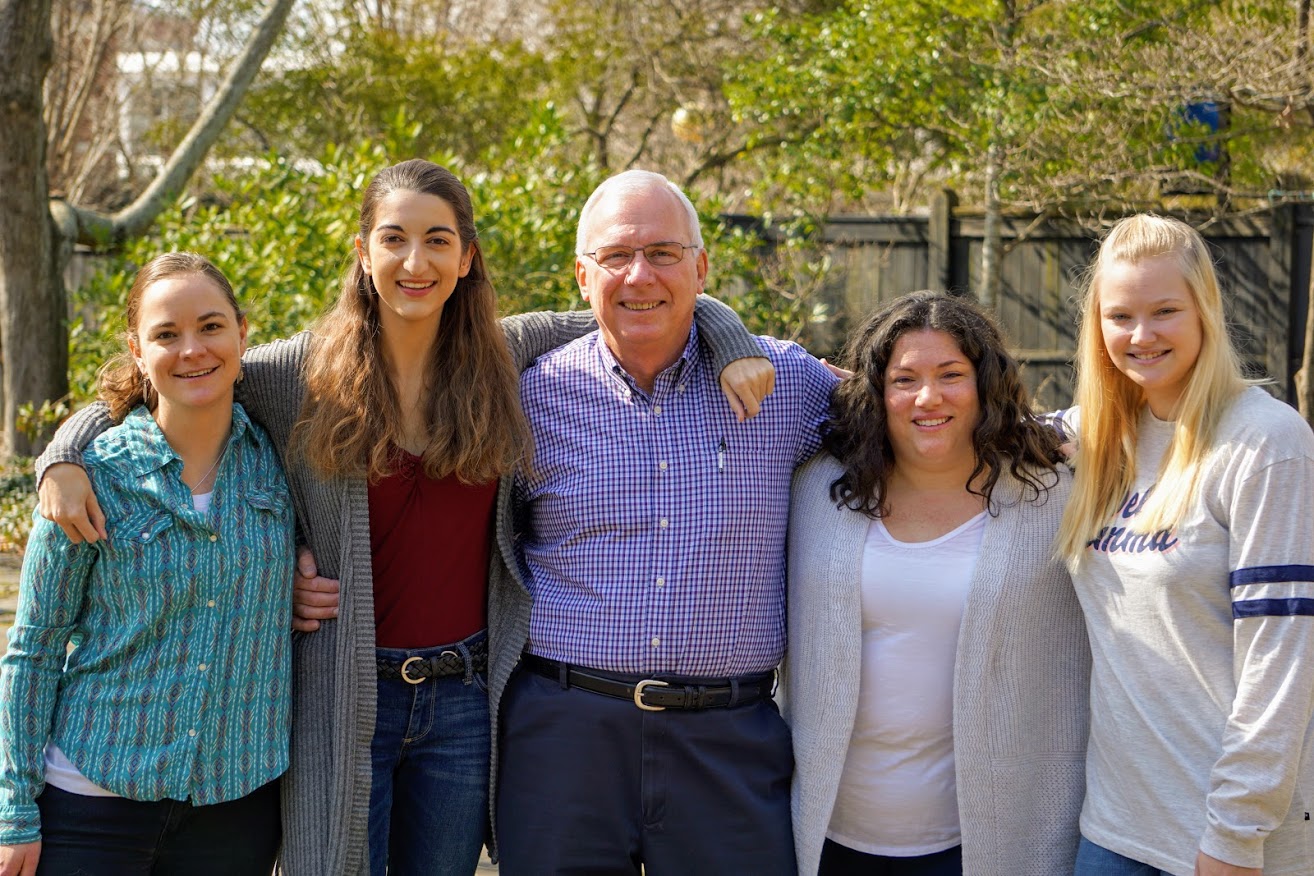
Congratulations from the GDEP team!
Left to Right: Cassidy Lord, Becca Parsons, John Schacke, Talia Levine, and Madison Hahn.
- The Rising Red Tide
- We Need to Talk
- Right Whale Season Gone Wrong
- Good For You, Good For The Ocean
- And Then There Were 30
- When Dolphins Speak
- There’s Mercury in My Mackerel?
- Plastic, Plastic Everywhere
Resources:
- https://www.ucsusa.org/clean-energy/coal-and-other-fossil-fuels/hidden-cost-of-fossils#.W3hiQS3MxTY
- https://www.ucsusa.org/clean-energy/coal-and-other-fossil-fuels/coal-air-pollution#.W3hJmS3MxTZ
- https://www.ucsusa.org/clean-energy/coal-and-other-fossil-fuels/coal-water-pollution#.W3hKSS3MxTY
- https://epd.georgia.gov/coal-ash-pond-dewatering-plans
- http://epd.georgia.gov/sites/epd.georgia.gov/files/related_files/site_page/FCG_2015_070215_WEB.pdf
- https://gdep.ecology.uga.edu/2017/10/26/theres-mercury-in-my-mackerel/
- https://www.sciencedaily.com/releases/2015/11/151130135126.htm
- https://oceanservice.noaa.gov/facts/pollution.html
- https://www.ecowatch.com/22-facts-about-plastic-pollution-and-10-things-we-can-do-about-it-1881885971.html
- https://cen.acs.org/articles/90/web/2012/08/Ocean-Plastics-Soak-Pollutants.html
- https://oceanservice.noaa.gov/facts/pcbs.html
- https://www.ncbi.nlm.nih.gov/pmc/articles/PMC3040610/
- https://www.atsdr.cdc.gov/hac/pha/oakridge013107-tn/appc3.pdf
- http://myfwc.com/research/redtide/faq
- https://serc.carleton.edu/microbelife/topics/deadzone/index.html
- https://oceanservice.noaa.gov/education/kits/pollution/03pointsource.html

